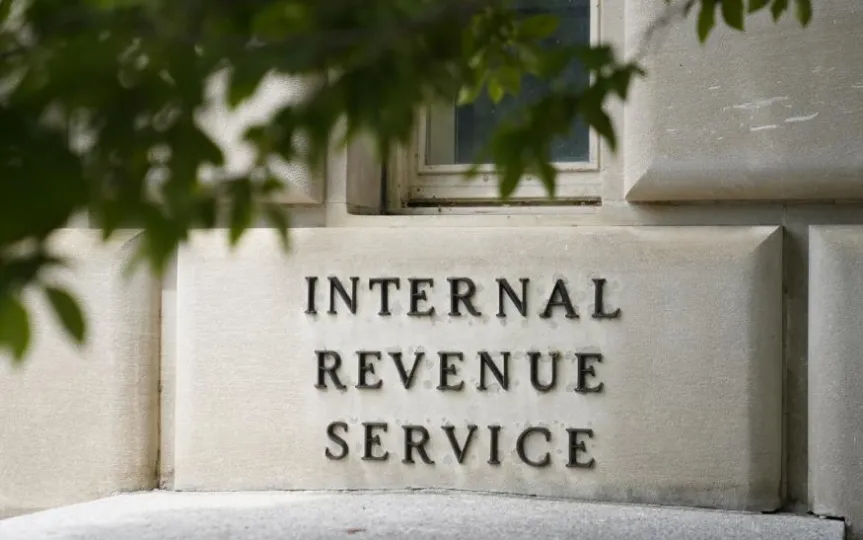IRS Plans to Eliminate Most Physical Tax Documents by 2025
Starting from the 2024 filing season, the majority of taxpayers will be given the choice to completely eliminate paper usage. The IRS has announced its goal to achieve paperless processing for all tax returns by 2025. Through the IRS Paperless Processing Initiative, the agency plans to eliminate approximately 200 million paper documents each year, reduce processing times by 50%, and expedite refunds by several weeks. The funding for this project comes from President Biden’s Inflation Reduction Act of 2022.
The Tax Administration expects that the changes will resolve the issue of sending digital documents in some cases, but sending paper in some cases. “For decades, taxpayers had to respond to notices for things like document verification by mail, and IRS employees had to enter paper return numbers into computers one number at a time, causing significant delays for taxpayers and challenges for IRS staff.” The US Treasury Department wrote today.
From next year (filing season 2024), taxpayers will be able to send all correspondence digitally – including many tax-free forms. According to the tax administration, at least 20 other electronic tax forms have been available digitally since then. It estimates that more than 94 percent of individual filers never need to send another tax form or document. The initiative saves taxpayers from sending approximately 125 million paper documents each year.
By the 2025 filing season, “in addition, the 150 most used non-tax forms will be available in a digital, mobile-friendly format.” (The IRS points to research showing that about 15 percent of Americans rely only on their phones to connect to the Internet.) It says all paper tax and information returns — an estimated 76 million paper documents a year — are processed digitally as soon as they receive them. Similarly, half of the correspondence, non-tax forms and notification responses sent on paper (another 60 million paper documents) are stored digitally. Finally, the IRS also plans to digitize up to one billion historical records, making it easier for customer service agents and taxpayers to access older filing information.
The IRS says its Paperless Processing Initiative will help eliminate errors from manual data entry, speed up processing and give the agency more resources to support taxpayers. “Customer service employees currently do not have easy access to information on paper returns and other mailed letters,” the Ministry of Finance wrote. “Digitizing and extracting data gives them access to the information they need to better serve taxpayers.”
The agency also expects digitization to help them hold billionaires and corporations accountable. “Together with an improved data platform, digitization and data mining will allow data scientists to apply advanced analytics and pattern recognition methods to uncover cases that can help close the tax gap, including high-net-worth individuals and large corporations using complex structures to evade their debts.”




